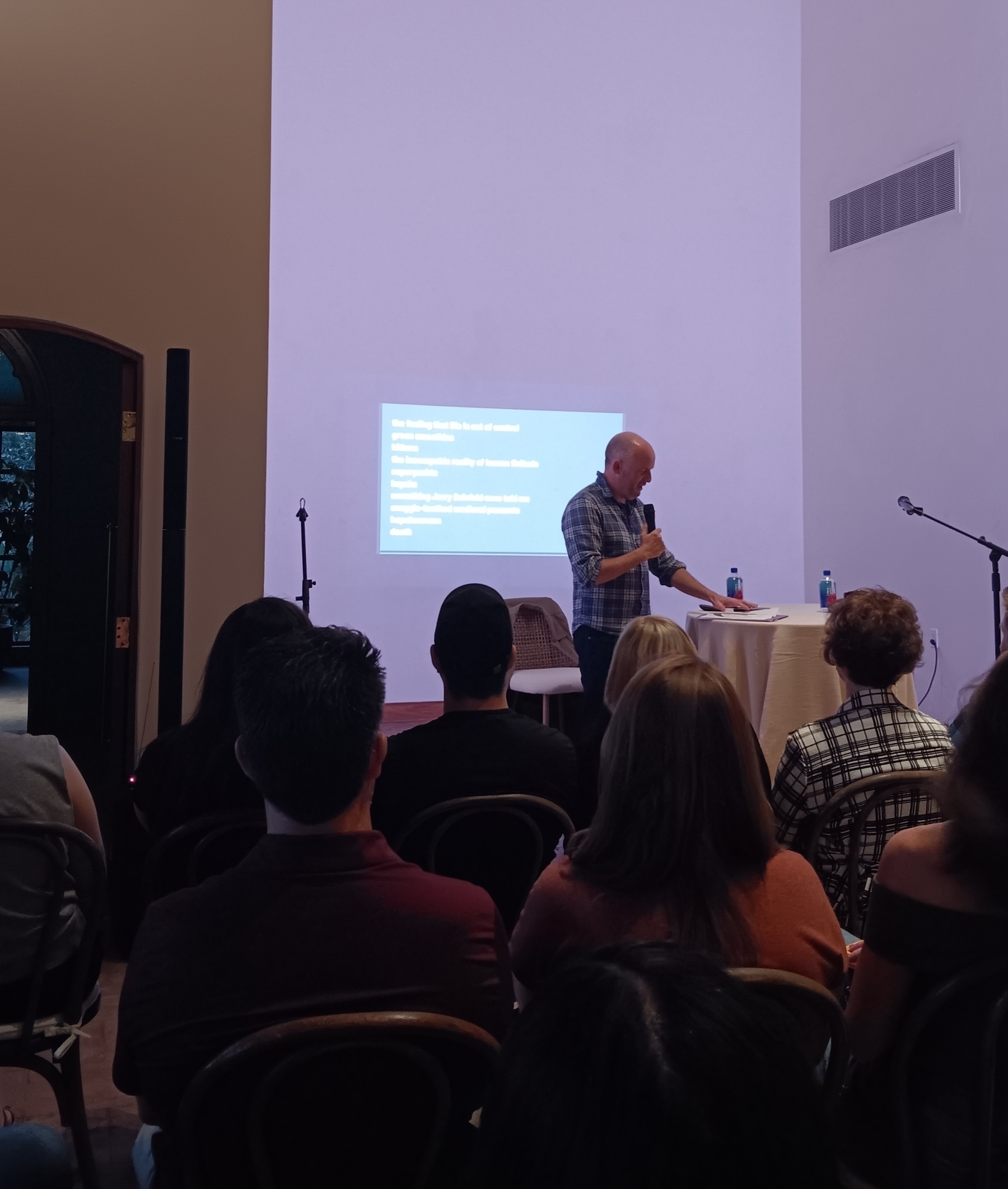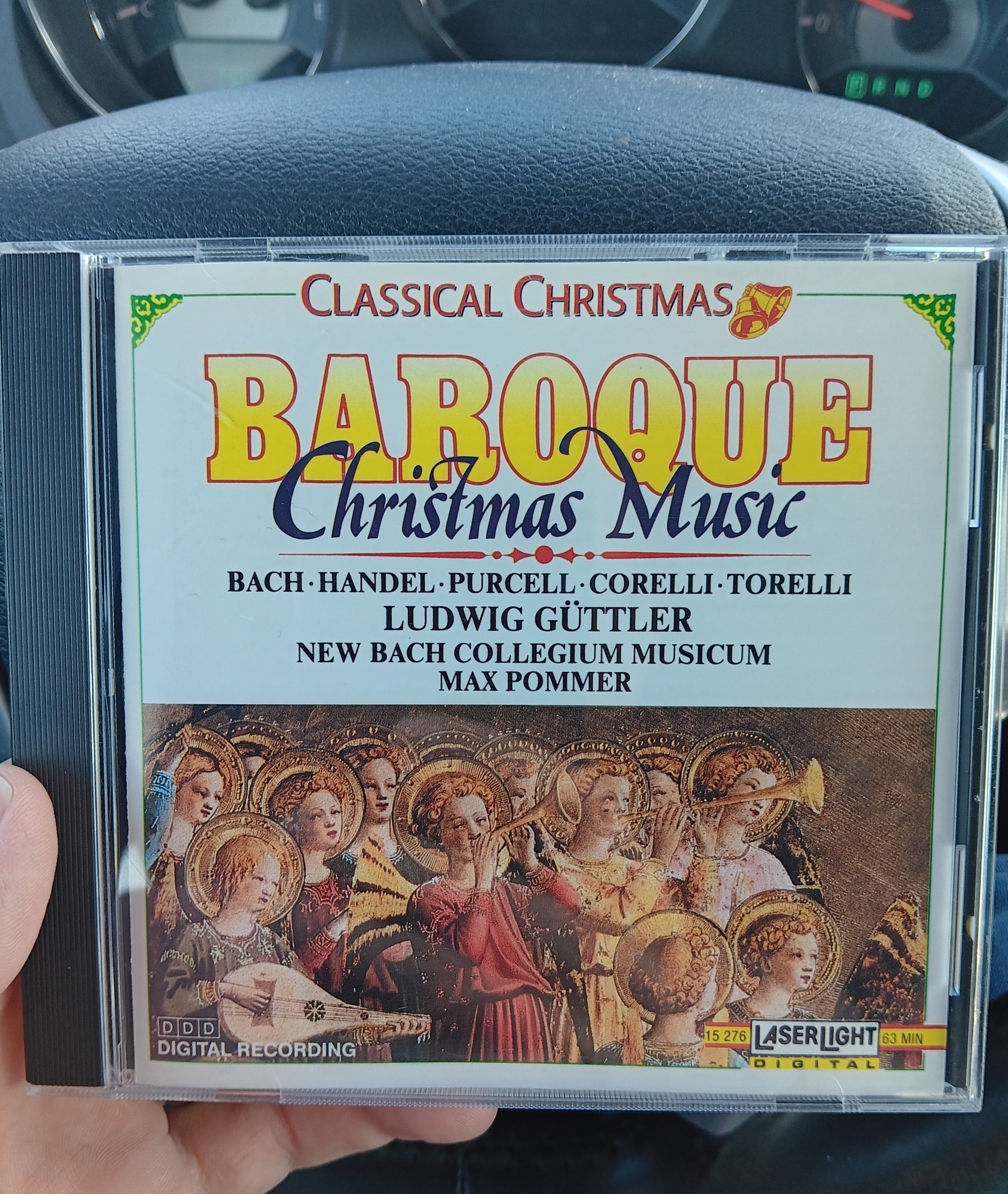
Currently reading: Meditations for Mortals by Oliver Burkeman 📚

Currently reading: Meditations for Mortals by Oliver Burkeman 📚
I’m finally getting around to this Mary Townsend piece on ditching your smartphone. Her advice is difficult to gainsay, even if it’s quite countercultural:
It is perfectly possible to ditch the phone. While it’s still more practical, in one sense, to travel to work via and with your small computer, you do not have to, and there are manifold workarounds that you can and will learn, carefully, again. Get an alarm clock. The small notebooks you keep buying now have a use. Carry a pencil. Resolve to occasionally get lost. Get the number of the most reliable non-Uber taxi company where you are going, and save it in the dumb phone; the switchboard lady is going to love your call. The rest is planning ahead, printing things out, writing down the address for a friend, saying: I will meet you here at this time, and then walking out the door. Write down the thing you want to look up later; nothing trivial is worth breaking the chain of experience and memory, the slow build over hours. Make a plan which hours of the day you will look at the computer and which you will not. The first thing you should be looking for in the morning is the sky.
Why modern life feels meaningless? Answer: The nature of modern work and the loss of great ‘ends’ in life.

Finished reading: The Soul of Shame by Curt Thompson 📚
Really helpful treatment of shame (and one I expect to return to in the future).
Had a great time last night with my friend Dan Lisa: beer/food at Lazarus, stimulating conversation, and a wonderful talk from Oliver Burkeman hosted by First Light Books


Currently reading: Making Disciples by Alex Fogleman 📚

Finished reading: Jesus the Great Philosopher by Jonathan T. Pennington 📚
I absolutely loved this book. I hope Pennington builds on this framework (i.e., the Bible as philosophy, Scripture addressing the big questions of life) in the future. I’d be up for a more technical treatment, especially of how Christianity offers answers to the big questions of ancient philosophy: metaphysics, epistemology, ethics, and politics.
Bob Thune has written the perfect response to Brad’s essay on the death of magisterial Protestantism: MAiD for Protestantism: A Reply to Brad East. I had wanted to write up something in response to Brad’s piece, but now I don’t need to. Thank you, Bob.
Tis the season


Currently reading: Jesus the Great Philosopher by Jonathan T. Pennington 📚